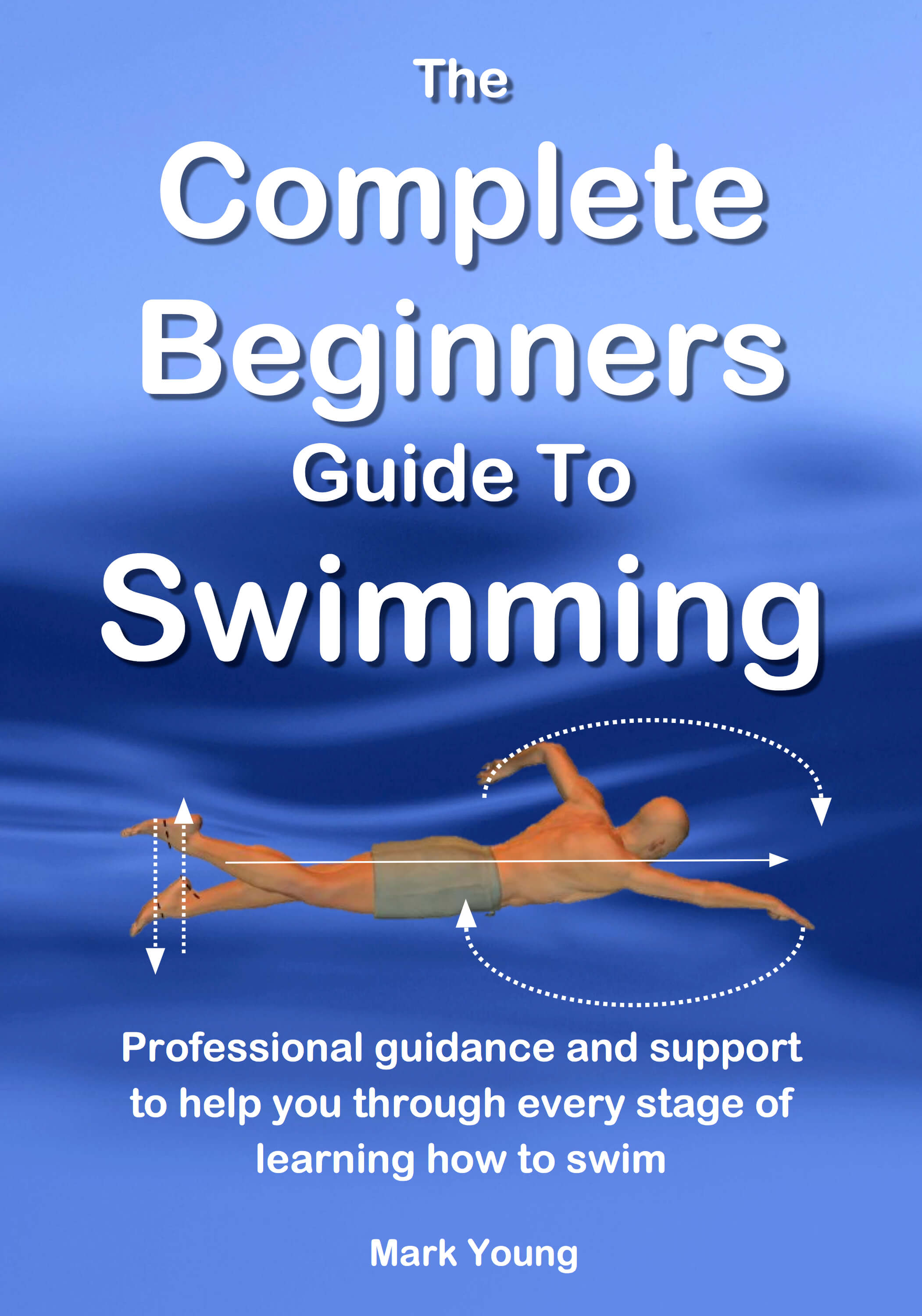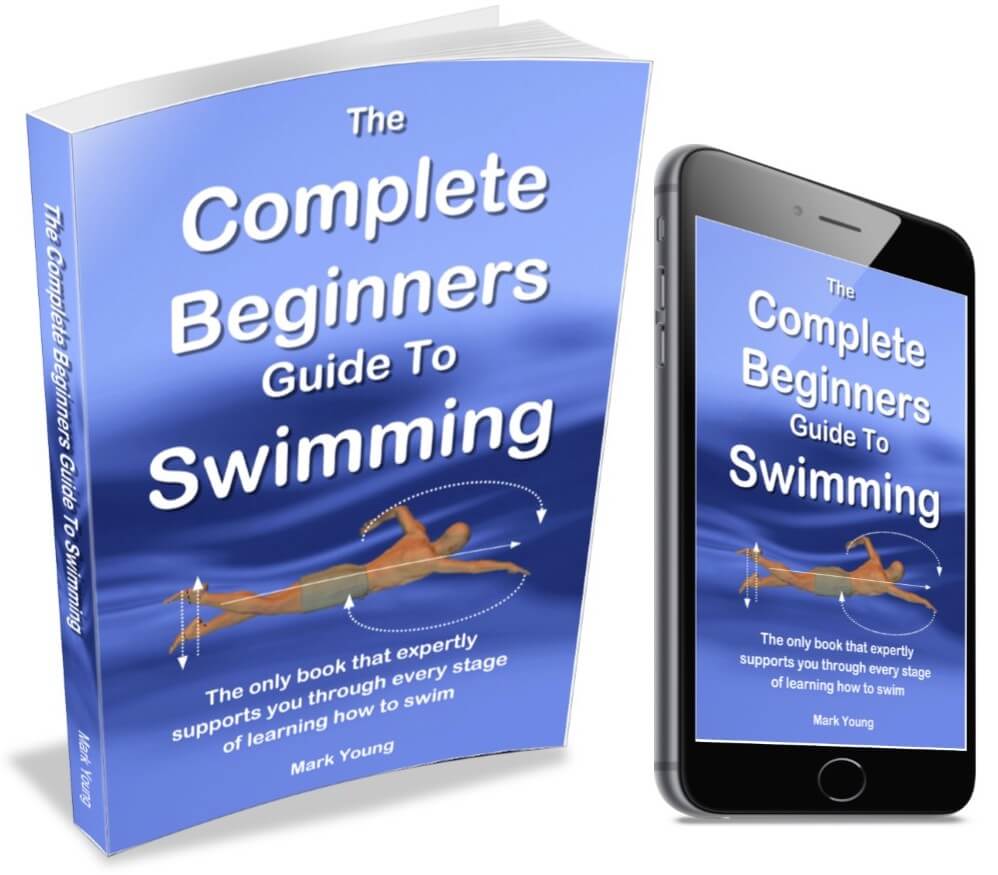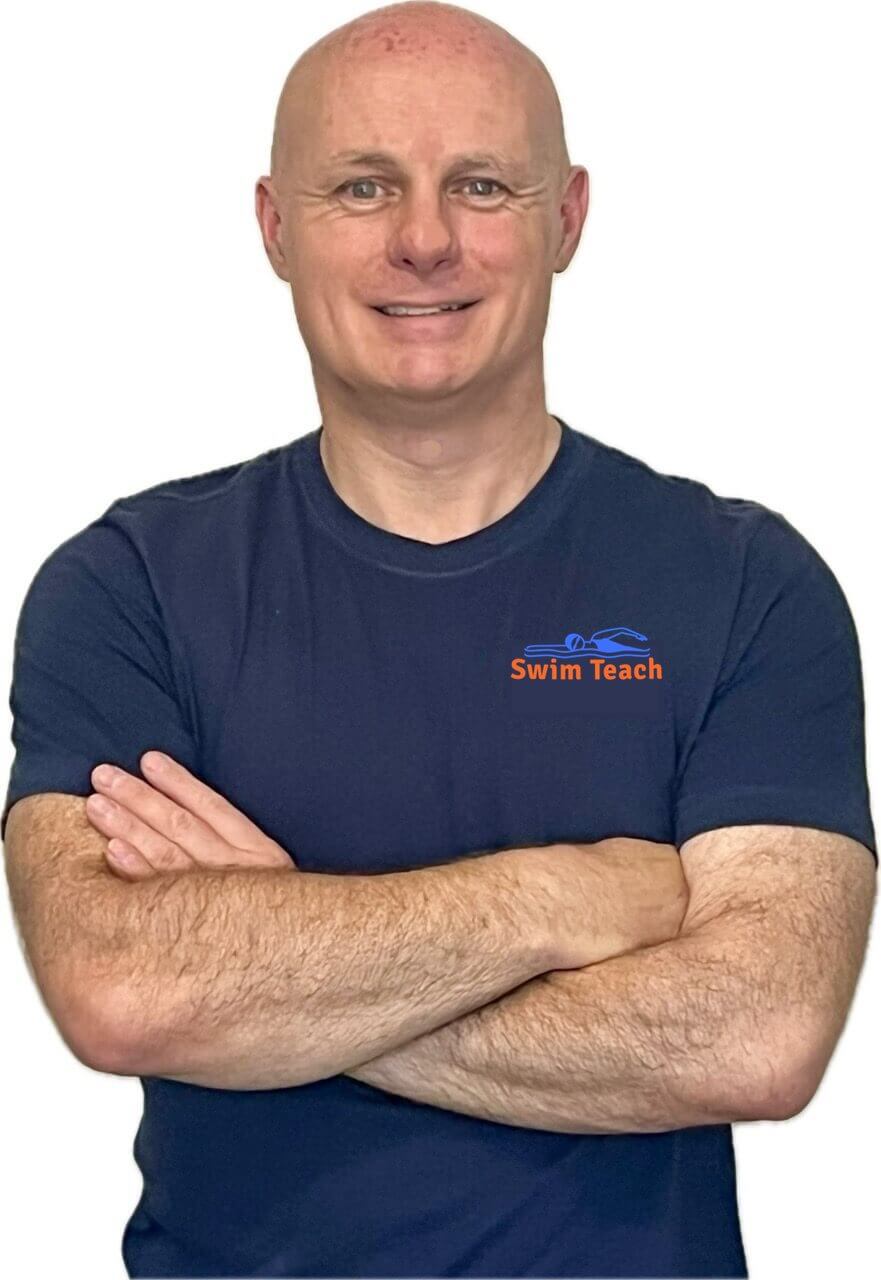- Swim Teach Home
- tips for beginners
- Stand Up Mid Swim
- Learning To Stand Up Is Holding Me Back
Learning To Stand Up Is Holding Me Back
Learning to stand up is holding me back. I have had 12 months of one2one lessons with a fantastic teacher - teaching me to float, glide (inc torpedo glide)breast-stroke arms and kicks on my back...going great, but I need to (lightly) touch her with my fingertips to stand back up. I have an irritating switch in my head that tells me I can’t do it alone, yet we both know I can.
How do I get past this, as I've even been turning from front glide onto my back - I can stand up from my back, but i have to have her next to me (even with no support) - it is all psychological, hypnotherapy hasn’t helped, can you????
This is an interesting one. Stopping and standing up mid-swim is a vital part of learning to swim and is a cause of stress for many adults I have taught over the years.
From what you have told me, as a beginner, you have conquered several major hurdles that cause many psychological barriers, the main ones being floating and gliding. I presume you can perform these with your face submerged? If not, then this is the source of your problem. Holding your breath and submerging unaided (even in water of standing depth) conquers many psychological barriers.
Much of what you need is explained in The Complete Beginners Guide To Swimming. Relaxing, floating and standing up - it is all in there. Click here for an INSTANT PREVIEW.
For now, I shall assume you are fine with holding your breath and floating and gliding face down.
The technique of standing up is a simultaneous combination of pulling down through the water with both arms whilst bending the knees forward into an almost sitting position before placing the feet on the pool floor. I’m guessing you have got this movement well practised – just not completely on your own yet!
The most common mistake when attempting to stand is to lift the head first, resulting in an arching of the back, causing the legs to remain at or near the water's surface. Followed usually by some form of panic.
Click this link for a simple diagram of how to stand up.
The first movement should be both arms pulling deep down in the water, followed instantly by drawing the knees up underneath. Only then do you think about lifting the head?
Try floating or gliding towards the poolside, lightly touch the poolside and then stand up, but without bearing your weight or using the poolside in any way. The light touch should be for your psychological security. Once this becomes easy, try it without touching the poolside. Psychologically the poolside is there for you should you need it but hopefully, you won’t.
This exercise will also help you stand without your teacher being present in the pool (which could be hindering you without you realising it).
Standing up should be slow, gradual and relaxed, not sudden or fast. Keep your face in the water for a little longer whilst you move your arms and legs and take your time over the whole movement.
If you end up pulling down with one arm and standing on one leg whilst falling slightly sideways, then so what – you stood up. You get no extra points for technical merit here!
Look at it from another point of view. Most adults can hold their breath for at least 10 seconds, and it takes 2 or 3 seconds to stand from a prone position slowly. So what’s the worst that’s going to happen? You have your face in the water for a couple more seconds than you first intended, and your teacher gives you a little helping hand.
As an experiment, see how long you can hold your breath. Let's say you can do it for 15 seconds. Then make a deal with your swimming teacher that you will float for a maximum of 15 seconds (or whatever time you are comfortable holding your breath for). In that time, you will attempt to stand up without assistance and only after 15 seconds will your teacher offer their hands as support. At least they are trying to stand unaided.
The key points to remember are to relax, move slowly, and place your feet on the pool floor before lifting your head up.
My ebook The Complete Beginners Guide To Swimming contains all the help and support you need, from relaxing, floating and breathing to all the technique tips for learning to swim the four basic strokes. Click here for an instant preview or click the link below for more information.
The Complete Beginners Guide To Swimming
Professional guidance and support to help you through every stage of learning how to swim.
Discover everything you need from first entering the pool and building confidence to floating and breathing. Plus, 82 exercises to master the four basic swimming strokes.(click here for an instant preview)
Don't miss out! Click here to get your copy of my book!
Arm Movements When Standing From Freestyle
I am a beginner swimmer at 40yrs and am lucky to have a very patient instructor. I seem to have hit a plateau with my arm movements when standing from freestyle. I can float, kick my legs and can stand up from a floating position alone, but now I am starting to learn to use my arms learning the freestyle. I get petrified that I won’t be able to get my hands back into position to stand up if I panic. I would appreciate any ideas to help me pass this plateau.
Thank you
This problem is not uncommon, and there is a couple of ways to approach resolving it and gaining confidence standing from swimming freestyle.
Firstly, remember that you don’t get any points for technique when it comes to standing up. It doesn’t matter how you go about it. Your instructor has probably taught you the same as our diagrams show; pulling down through the water with both hands simultaneously and placing both feet on the pool floor simultaneously.
That is the best technique for remaining level and balanced whilst standing up, and you have probably got the hang of it and can do it fairly confidently.
If that is the case, try standing up using one arm followed by the other. There is nothing wrong with standing using your arms unevenly and placing one foot on the pool floor before the other. If you have enough breath and keep your face in the water as you do it (which would be the case when swimming freestyle anyway), you may get used to it with a little practice.
If you are still petrified, then try this: swimming freestyle and bring your arms and hands together in front of you just before you need to stand up.
You will have to leave plenty of time to miss an arm pull as the opposite arm catches up before you run out of breath. Once again, with plenty of practice, you will soon build up your confidence.
Put your achievements so far into perspective. As a beginner learning to swim, you have learned how to remain afloat, stand up alone, and kick. All these elements took time and practice to get you to this stage. Time and practice will get you over your current plateau.
My ebook The Complete Beginners Guide To Swimming contains all the help and support you need, from relaxing, floating and breathing to all the technique tips for learning to swim the four basic strokes. Click here for an instant preview or click the link below for more information.
The Complete Beginners Guide To Swimming
I am a member of the Amazon Associates Program and I will earn a commission from qualifying purchases at no extra cost to you.





